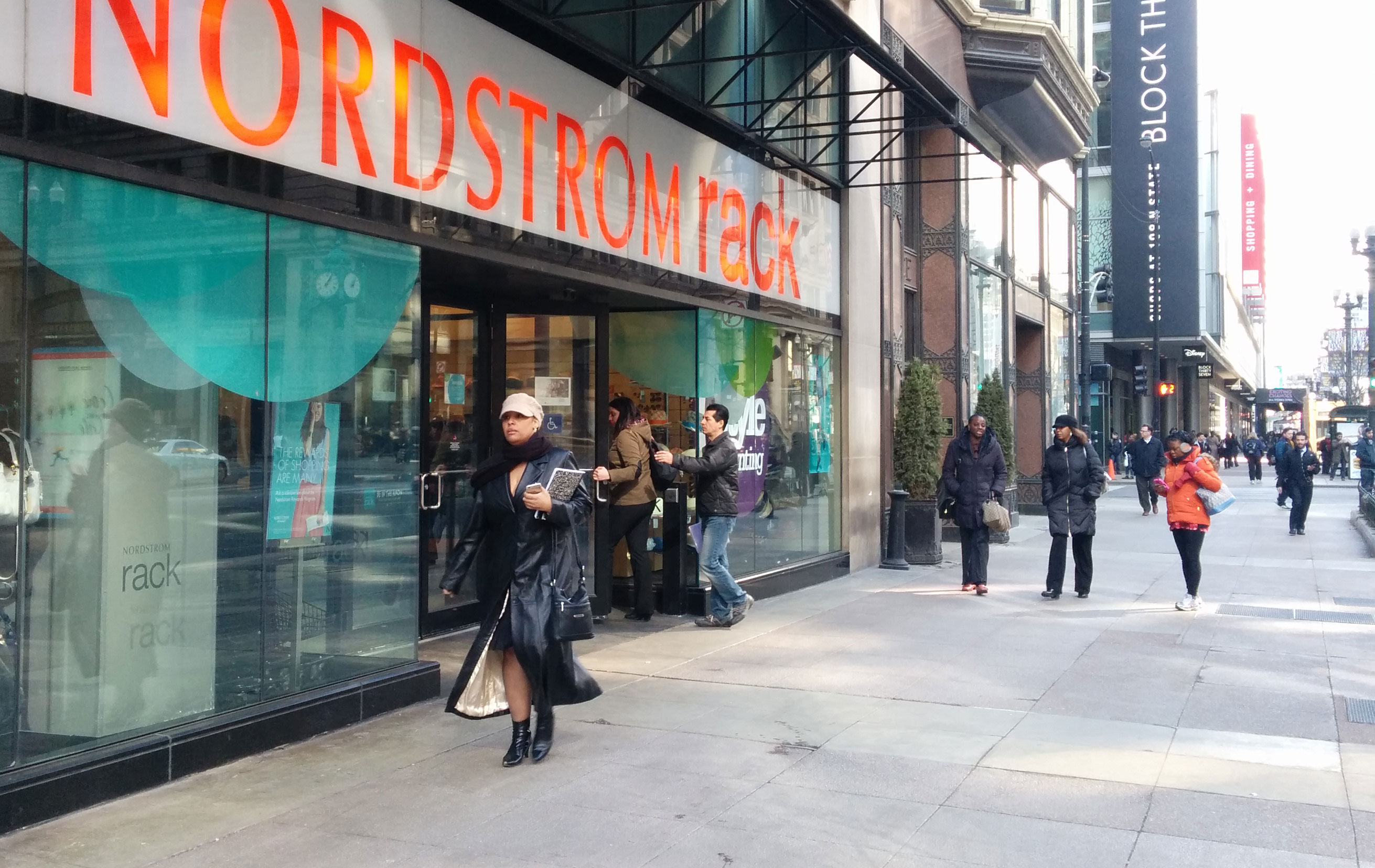By Yasufumi Saito
U.S. retail sales dropped unexpectedly for the third consecutive month in February, most likely due to consumer prudence and bad weather.
[field name=”retailsales”]
February retail sales decreased 0.6 percent to a seasonally adjusted $437 billion from January, the U.S. Census Bureau reported Thursday. Retail sales dipped 0.8 percent in January and 0.9 percent in December.
The result fell short of the Wall Street’s estimate of a 0.3 percent increase compiled by Bloomberg L.P.
“I think it’s a reflection of the harsh winter conditions,” said Michelle Girard, chief economist at RBS Securities Inc., “and not necessarily a reflection of fundamental weakening in consumer spending.
“Consumers have plenty to spend when the weather improves,” Girard added.
But people interviewed on Michigan Avenue in Chicago have different views.
“Gas prices are cheaper but food prices are higher,” said Elise Gorun, a retired resident of Chicago, noting that gas savings aren’t enough to help her budget. “Everything else goes up. I’m on a fixed income, so I don’t have a privilege.”
“The economy is unfortunately improving more for the upper class, as opposed to the middle class,” claimed Lynn Nealis, concierge living in Downtown. “I do think that people who have money are making more money with the stock market going up, but people in the middle are kind of stuck.”
Meanwhile, a positive sign was also heard. “We’re saving right now for the summer,” said Jon Norton, who works for the city of Chicago, “and you know, maybe take a little bit nicer vacation.”
[field name=”retailsales2″]
In February, consumers spent less money on auto dealers, electronics, building materials and even restaurants than they did in January, whereas sales at gasoline stations, sporting goods stores and nonstore retailers, which include online retailers, modestly increased.
For the three months from December to February, retail sales declined 1.2 percent, compared with the three months from September to November

